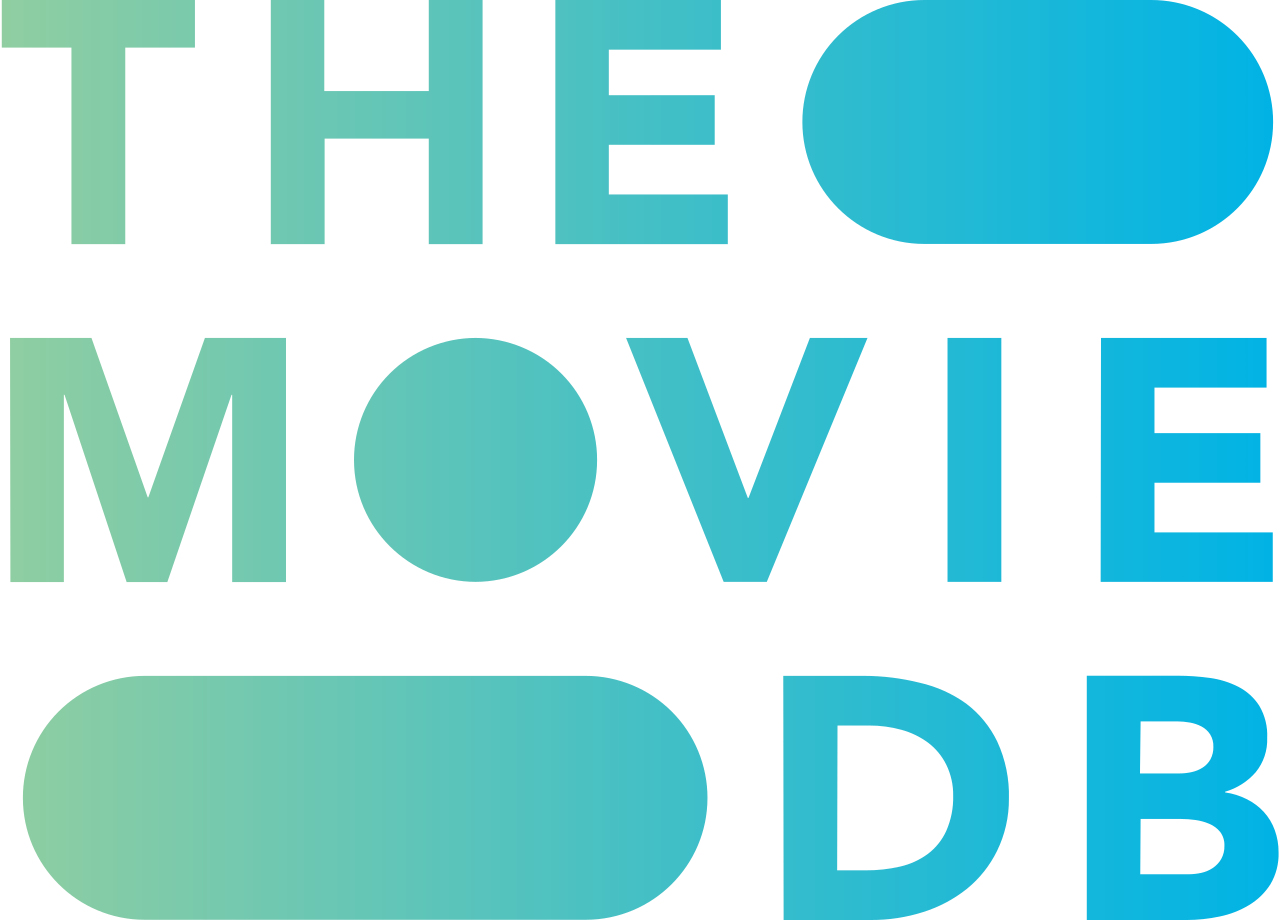Ad Blocker Detected
We use ads to keep this site running, so please consider disabling your ad blocker. Thank you!
Do not know how to disable ad blocker? Check out this article: How to disable ad blocker?
Take Your Pills 2018

As Americans push themselves to extremes in pursuit of success, a generation-wide reliance on prescription stimulants like Adderall has emerged, blurring lines between performance enhancement and dependency.
Does Take Your Pills have end credit scenes?
No!
Take Your Pills does not have end credit scenes.
Actors
Meet the cast of Take Your Pills and learn about the talented actors who brought the characters to life. Explore their roles and career highlights.
Links
Explore where to watch Take Your Pills online. Find reviews, ratings, and detailed movie information on other platforms like Metacritic, Rotten Tomatoes, IMDb or TMDb
Ratings
Discover how Take Your Pills is rated on popular platforms like IMDb, Metacritic, and TMDb. Explore audience and critic scores to see how this movie ranks among the best.

54
Metascore
4.0
User Score


%
TOMATOMETER

0%
User Score

6.3 /10
IMDb Rating

66
%
User Score
Movie Quiz
Challenge your knowledge of Take Your Pills with an engaging quiz. Test your memory of the movie’s characters, plot twists, and unforgettable moments.
Take Your Pills Quiz: Test your knowledge on the documentary 'Take Your Pills' and the complex issues surrounding stimulant use.
What is the primary focus of the documentary 'Take Your Pills'?
Plot Summary
Get the full story of Take Your Pills with a detailed plot summary. Dive into its themes, characters, and the twists that make it a must-watch.
The documentary opens by presenting a diverse array of individuals, each intricately linked to Adderall and stimulant medications. In the academic sphere, college students such as Jasper Holt, who was diagnosed with ADHD as a child, and Delaney, a junior reliant on the medication to maintain her performance, candidly share their experiences. Transitioning into the realm of professional sports, former NFL player Eben Britton offers a unique perspective on the use of these drugs.
Accompanying them are health professionals who provide essential historical insights and expert commentary, unraveling the intricate factors contributing to the rampant use of stimulants. Stories of personal struggle and triumph are prominently featured, showcasing family members who have become witnesses to the profound effects of Adderall on their loved ones.
Jasper reflects on his journey, reliving the transition from being prescribed medication in his youth to feeling embarrassed during his high school years, and currently striving to taper off his dosage. His story exemplifies the tension between personal choice and societal expectations. In contrast, Delaney offers a sobering critique of the academic landscape, presenting her reliance on Adderall as a response to the competitive pressures imposed by her education.
Another poignant narrative emerges through Rahiem, a high school student diagnosed with ADHD early in life. His mother’s heartfelt insights reveal how the medication has significantly influenced Rahiem’s behavior, providing a glimpse into their family dynamic. As these narratives intertwine, the documentary crafts a multifaceted depiction of the human experience, shedding light on the crucial role that Adderall occupies in contemporary society.
Prominent voices in this discourse include Dr. Wendy Brown, a noted political theorist from the University of California, Berkeley, who examines why so many students and adults resort to stimulants to cope within an intensely competitive environment. She argues that relentless academic and career pressures compel individuals to seek out performance-enhancing drugs to maintain their edge.
Furthermore, Martha Farah, a cognitive neuroscientist at the University of Pennsylvania, scrutinizes the historical and controversial facets of psychostimulant medications. She challenges the misconception that these drugs can enhance intelligence, advocating instead for responsible usage and accurate diagnosis.
Adding to the conversation, Anjan Chatterjee, chair of neurology at the University of Pennsylvania, reflects on the distinct differences in drug consumption between his generation and today’s youth. His insights trace the evolution of stimulant use over time and address the growing complexities surrounding medication.
However, perspectives vary within this debate. Alternascript co-founders, Matthew Piskorz and Lucas Siegel, assert that if students are increasingly resorting to prescription medications to maintain their academic performance, the marketplace for legal supplements must be expanded to ensure a level playing field.
The documentary ponders the ethical implications of medication use, as Dr. Chatterjee expresses caution regarding its misuse, while the founders’ proposals aim to democratize academic success. Through these contrasting viewpoints, the film weaves an intricate tapestry of ideas, inviting viewers to reflect on the nuanced balance between personal ambition and the quest for knowledge.
Keywords
Discover the keywords that describe the themes and topics of the movie. Explore the keywords that define the essence of the film.
Featured on this page

What's After the Movie?
Not sure whether to stay after the credits? Find out!
Check out our other apps:
Actors
Companies
Latest Movies
© 2025 What's After the Movie. All rights reserved.












